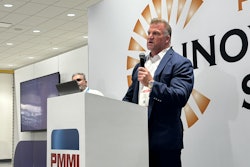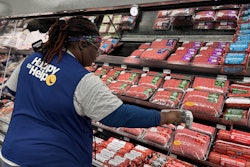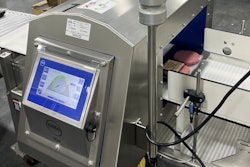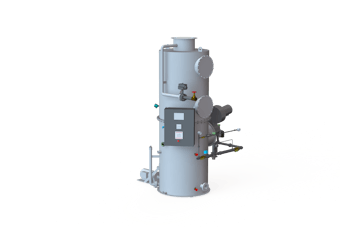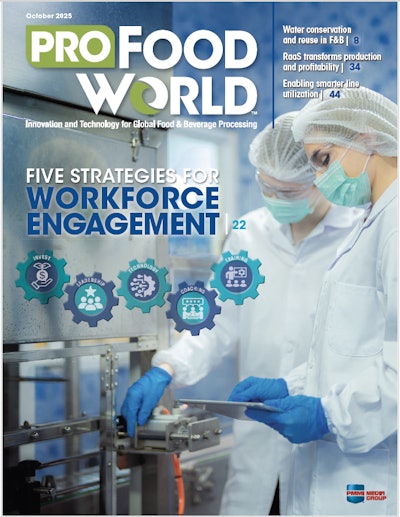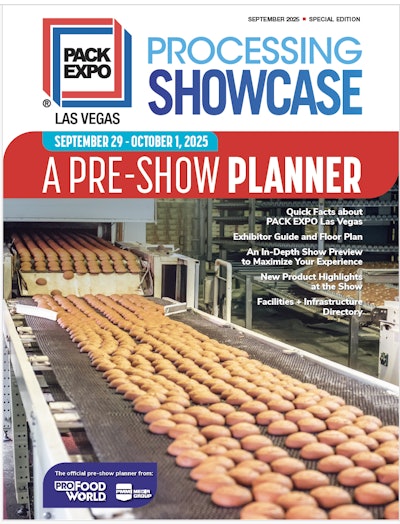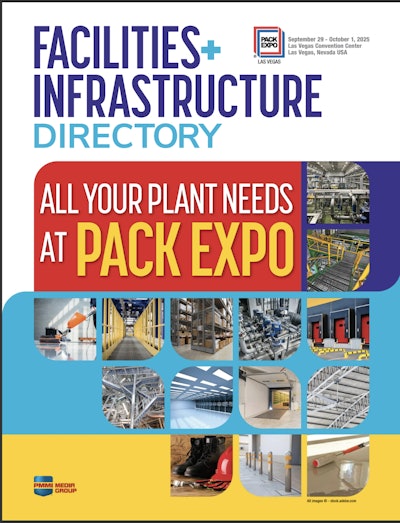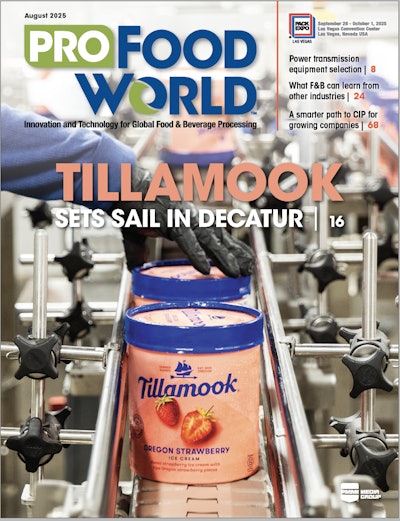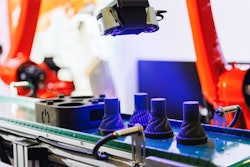Brian Griffen conducted an interview on behalf of ProFood World with fellow CPG professional Shawn French to get a deeper glimpse into asset reliability management in food production.
French has spent 30-plus years of his career in the CPG industry and has worked roles including, plant maintenance and engineering, corporate engineering, packaging system design, packaging development, R&D, front-end engineering, and continuous improvement.
Moreover, he has worked in food and beverage household cleaning sectors with companies such as Hormel Foods, Nabisco, Kraft Foods, Sun Products Corporation, and his current company, Danone North America.
Key takeaways: Operators are crucial members of the food production team and hold vital insights into machine behavior. Collaboration with original equipment manufacturers (OEMs) is a crucial piece of asset reliability management. French also discusses best practices for project engineers aimed at extending equipment life, improving reliability, and reducing downtime.
[Editor’s note: answers have been edited for brevity.]
Bryan Griffen:
We all have those “Oh, no” moments in the factory, when a machine simply stops. Maintenance failures are an inevitable part of the game, but the key is what we learn from them. Can you share one of those memorable moments and the lessons that you took away?
Shawn French:
I think there are a couple really difficult situations, difficult in the way of being a bit embarrassing, right? We started up a new conveyor system, and the conveyors ran for a while. And then all of a sudden, a couple of them just stopped running. And when we checked them, they had no oil in the gearbox.
So how could that have happened? How could it have not been part of installation check? And it's interesting that a motor can run, a gearbox can run for a period with no oil, and then it fails. So those sorts of lessons change your behavior for future projects.
Another embarrassing moment was, there was a product conveying system. It was on a Nutter Butter cookie line, and it was taking away the Nutter Butter cookies, because you can't stop the line when the packaging stops, you need to be able to get rid of the waste. And so, it was taking away the waste cookies.
And I didn't really understand the system well enough to know how it was controlled, and I learned a lot through initial failures. So, I thought it was going to be 10-horsepower motors, and that's what I communicated to my electrical engineer, and it turned out to be 5-horsepower motors. And for whatever reason, we never checked.
So those motors ran for about 10 minutes, and then I burned up $10,000 to $15,000 worth of conveyor motors. Again, it's sort of that, you think this is what it is, and you share that with other engineering disciplines that do their design, but you always have to go back and check.
Bryan Griffen:
In your experience, how can operators impact reliability, both positively and negatively, and maybe share a story about one of those infamous metric crescent wrench moments?
Shawn French:
So, you look at sources of information, and is there a better source than the person that's standing next to a machine for 12 hours a day?
How often do we go out on a line, and we fail to ask that person that probably knows the most what they hear or what they see or what they think? And it's not important that they have the exact answer, but they may have a clue, of “It was running fine, and then I started to hear something or smell something, or it just, it wasn't doing what it normally did, and it was over here in this part of the machine.”
Maybe that's where it's happening, or maybe it's somewhere else, but I think you develop better relationships, and you get more engagement when you ask the people that are closest to the machine, “What's going on?”
Bryan Griffen:
What role does the OEM play in improving maintenance and maintainability for the equipment that they provide?
Shawn French:
One thing that can be done is to understand that if you have a machine that's got five different motors, do they really all have to be different? Or can you have them, some of them slightly oversized that you only end up with one motor or one gearbox that has to be stocked.
Wherever we can standardize is better. If I can put in an automatic lubrication system, that's better than a bank of grease zerks. It's better to have them clustered together than having them at random points on the machine. You know, I have a better chance that I'm going to get the right lubrication done.
Those sorts of things help simplify the work of the operators and the mechanics. Are there areas that are hard to clean, hard to access? Or are really, you know, creating a difficulty to reach in and do a task that needs to be done?
Bryan Griffen:
What are some of the best practices, beyond the spare parts list and the FATs, the project engineers can follow to ensure that the equipment is reliable and easy to maintain?
Shawn French:
I'm a big believer in paper. So, you have a machine that needs to do something, so take the time to write an equipment specification or a needs document and be as descriptive as you can of the environment the machine will be in, the product, the packaging materials, what it's doing, what you needed to do today, what it might need to do in the future, how it's going to be operated, the level of technology you can expect.
If you have a standard electrical component, pneumatic component, mechanical component list, provide that to the vendor, provide them as much information as possible to define what it is you're expecting.




